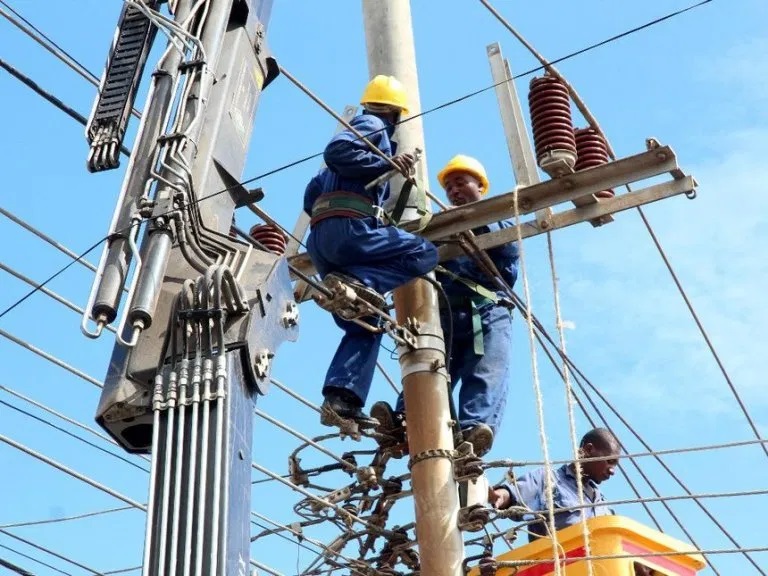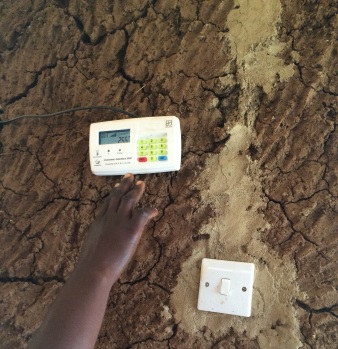
Rural electrification was hailed as a game changer in improving the livelihoods of people in rural areas. In Kenya, the government has run several programs supported by the World Bank, the African Development Bank and others, resulting in hundreds of thousands getting connected to the National Grid.
This was the Last Mile Connectivity program that targeted to increase the national connectivity rate to 70%.
Failure
But the net effect in Kenya has not been very flowery in some places. As it turned out, many people who got connected to the grid had very limited uses for electricity. Typically, they would need a 5 Watt LED bulb and one socket from where they would charge their phones. Such a household would end up spending less than $1 of electricity per month. To put this into perspective, the cost of connecting one household is $350.
Considering that they would top up some meaningful amount of money for a start, these households would then go for a long time without any other top up. This is why Kenya Power was complaining about many non vending meters and the last mile project named as one of the reasons the company’s value has been declining. In 2010, Kenya Power’s shares were trading at KShs 25. Today they average at KShs 2.00.
The irony of the big attempts to connect some rural places with almost zero consumption is that there are still many people who can afford to pay for their own connection who are not getting connected. These have the capacity to consume power, but getting connected is a problem.
A Case Study
Getting an electricity connection can be a problem even if you can afford. In my rural home, we tried to get connected for many years but the cost was in the tune of millions. We tried to come together as a group but that still would not work.
After about ten years, Kenya Power came and quickly offered to connect every home for only KShs 1,160. Reason? The World Bank had offered a grant to connect people living in slums, but they were not interested. Most of them relied on illegal connections and a formal connection would just increased the cost form them.
Since there was money to spend, Kenya Power simply connected people who had been willing to pay KShs 35,000 for only Kshs 1160.
Could it have been different?
Achieving a universal access to electricity would be a great thing. It would open up more opportunities especially for the marginalized communities.
However, electricity on its own may not add value to people who are in extreme cases of poverty. As some experts have pointed, electricity is not like water where you turn on and immediately you find uses for what flows.

For people to use electricity, there needs to be some form of economic empowerment. Electricity is supposed to help power their day to day activities. This could be keeping their food fresh, cooking, entertainment, powering chaff cutters or even powering a brooder for chicks.
If it is about lighting, there better be something for people to do with the light. And in any case, there can be alternative cheaper ways of powering a 5W bulb in a single roomed house near the equator.
The focus should be on economic development. Electricity will follow on demand. Alternatively, a mix of grid and off-grid solutions can be explored to avoid using a hammer to kill a fly.
